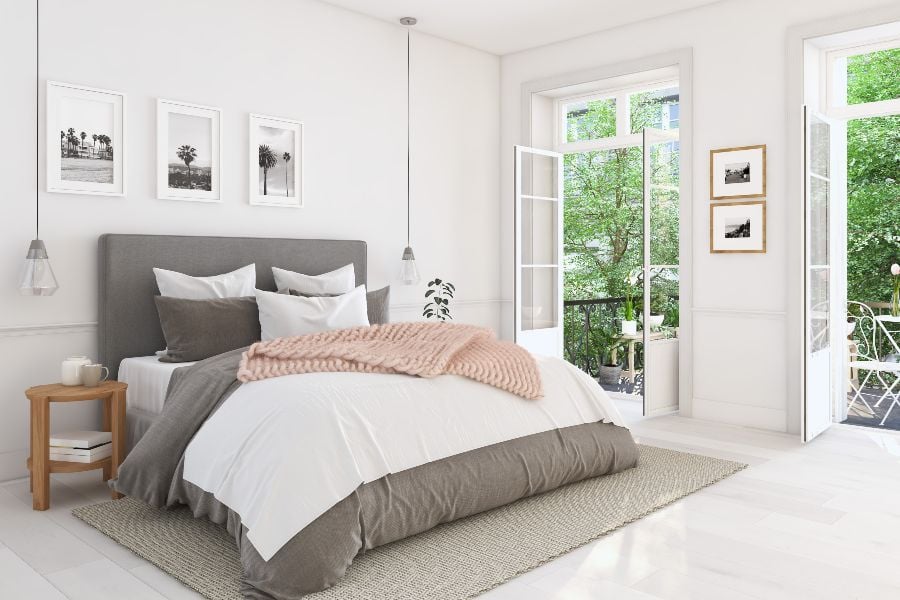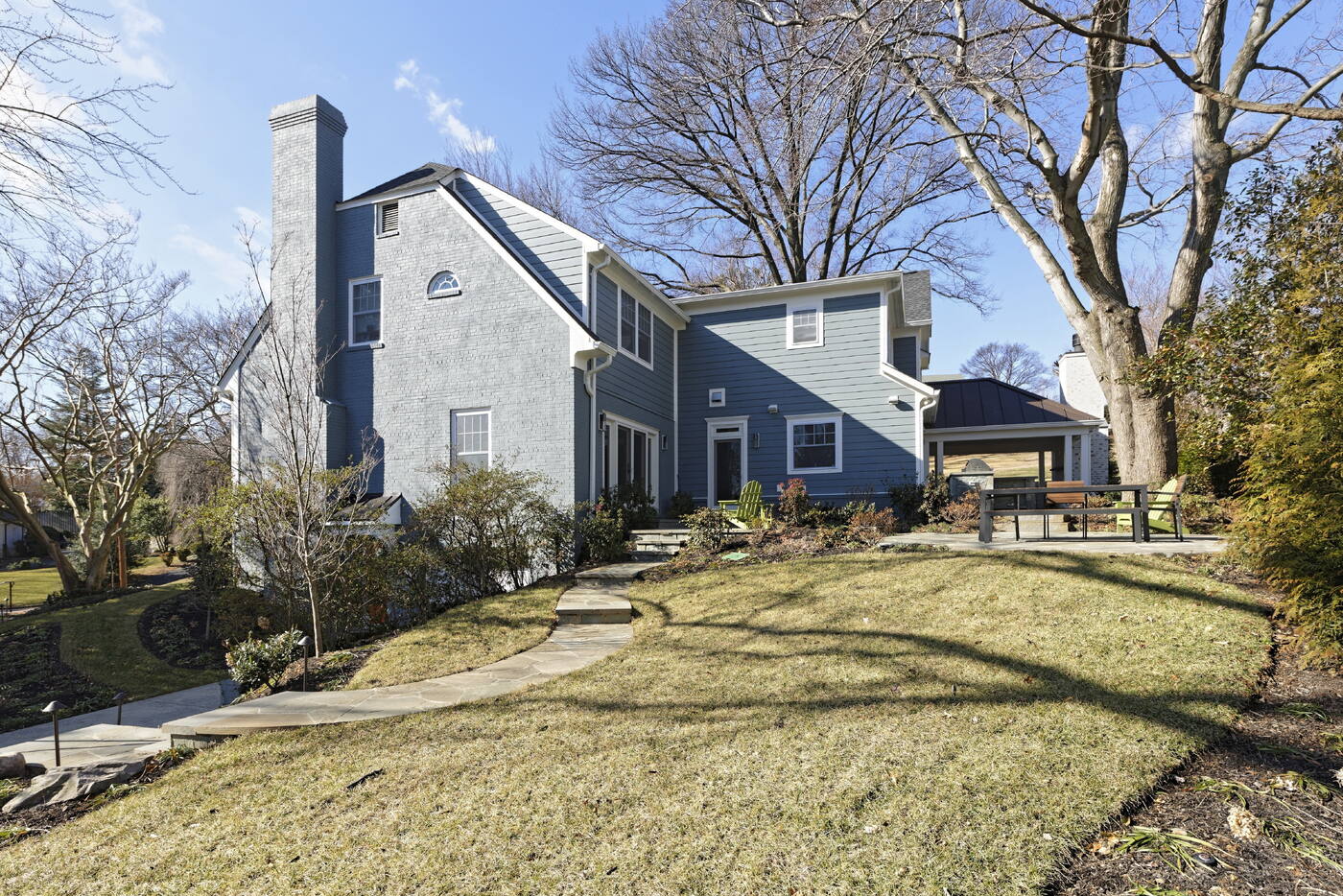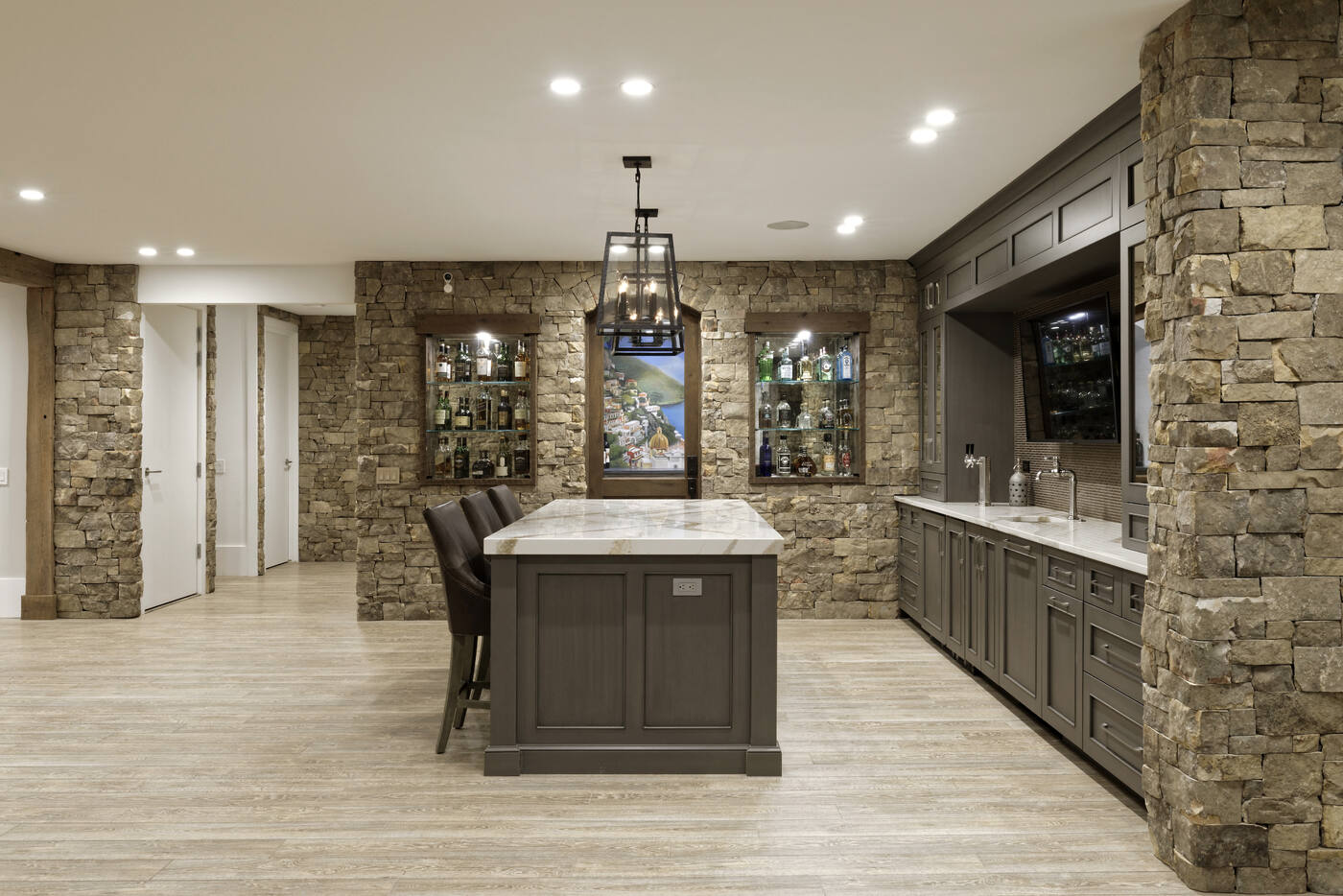
Home “Suite” Home Additions
With first floor additions, making it a suite promotes harmony with in-laws, grown children, or nannies. Just make sure your addition maximizes functionality and privacy.
Home additions have always been a smart way to correct shortcomings: bringing the number of bedrooms or bathrooms up to par, expanding a cramped kitchen, creating a formal dining room, or adding a family room. Now, however, more and more homeowners want to add on to homes that already seem to have everything. The reason? They want a private suite right there on the main floor.
Sometimes the motivation for remodeling is to create a spacious master bedroom suite that gives the home practical, accessible, one-floor livability. Other times, the addition is designed as more of a mini apartment – perfect for in-laws, returning college students, an au pair or a live-in nanny. In fact, with more multi-generational families in one home, first floor additions can offer a “suite” solution to the need not just for more space, but for more private space.
If you’re intrigued by the idea of this type of home addition, the creative possibilities are exciting! But there are some challenges when you add on private space right next to public spaces such as the kitchen or family room. The best way to meet these challenges is to think through how the new space will work.
Here are questions to discuss when considering first floor additions:
1. Will there be a separate entrance? If you’re building a master bedroom/bathroom suite, first floor additions probably don’t need a separate entrance – though you might want to create access to an outdoor area such as a private patio. If the suite is for someone other than you, however, a separate entry could be an important feature. This would offer in-laws a sense of independence or insulate you from the late-hour comings and goings of grown children.
2. What types of functions will the suite serve? What‘s needed beyond a bedroom and bathroom? You may want to include a cozy sitting room or dressing room as part of your master suite. For a more stand-alone home addition, the suite might feature space for watching TV, listening to music, doing laundry, eating and even entertaining friends. This multipurpose space enables the suite’s residents to be on their own or to interact with the rest of the family.
3. Does the suite need a kitchenette? Including one helps avoid squabbles over fridge space, messy sinks or “rush hour” traffic in the main kitchen. It’s also a good way to provide independence and keep different food preferences and eating schedules from causing friction. If a kitchenette makes sense, also consider how your home addition can accommodate a dining area.
4. What about privacy? Preserving privacy is very important for maintaining harmony in the household. You don’t want your master suite oasis to be ruined by the blare of the family room TV on the other side of the wall. Nor do you want the residents of an apartment-style suite to overhear conversations in the other parts of the house. Ask us about sound-proofing strategies such as insulation, built-in cabinetry, and carpeting, or using a hall or closet as an extra buffer zone.
5. What code restrictions apply to home additions? Besides the normal code and zoning requirements such as setbacks, etc., some communities discourage homeowners from renting out in-home apartments to non-related family members or using a suite as a place of business. We are familiar with code restrictions and can advise you about how they will affect the use and design of your addition.
If you’d like to take look at some “suite” possibilities for your own home addition, give us a call!
- September 2016 (5)
- March 2019 (4)
- August 2019 (4)
- January 2020 (4)
- February 2020 (4)
- September 2020 (4)
- January 2023 (4)
- December 2023 (4)
- January 2016 (3)
- April 2017 (3)
- December 2019 (3)
- February 2021 (3)
- August 2021 (3)
- October 2015 (2)
- February 2017 (2)
- January 2018 (2)
- February 2018 (2)
- March 2018 (2)
- April 2018 (2)
- May 2018 (2)
- June 2018 (2)
- December 2018 (2)
- January 2019 (2)
- February 2019 (2)
- October 2019 (2)
- April 2020 (2)
- June 2020 (2)
- October 2020 (2)
- March 2021 (2)
- June 2022 (2)
- July 2022 (2)
- August 2022 (2)
- September 2022 (2)
- October 2022 (2)
- November 2022 (2)
- December 2022 (2)
- March 2023 (2)
- April 2023 (2)
- May 2023 (2)
- June 2023 (2)
- July 2023 (2)
- August 2023 (2)
- September 2023 (2)
- October 2023 (2)
- November 2023 (2)
- January 2024 (2)
- March 2024 (2)
- January 2015 (1)
- August 2015 (1)
- November 2015 (1)
- December 2015 (1)
- February 2016 (1)
- March 2016 (1)
- April 2016 (1)
- May 2016 (1)
- June 2016 (1)
- July 2016 (1)
- August 2016 (1)
- October 2016 (1)
- November 2016 (1)
- December 2016 (1)
- January 2017 (1)
- March 2017 (1)
- May 2017 (1)
- June 2017 (1)
- July 2017 (1)
- August 2017 (1)
- September 2017 (1)
- October 2017 (1)
- November 2017 (1)
- December 2017 (1)
- July 2018 (1)
- August 2018 (1)
- September 2018 (1)
- October 2018 (1)
- November 2018 (1)
- April 2019 (1)
- May 2019 (1)
- June 2019 (1)
- July 2019 (1)
- September 2019 (1)
- November 2019 (1)
- March 2020 (1)
- May 2020 (1)
- July 2020 (1)
- August 2020 (1)
- November 2020 (1)
- December 2020 (1)
- January 2021 (1)
- April 2021 (1)
- May 2021 (1)
- June 2021 (1)
- July 2021 (1)
- September 2021 (1)
- October 2021 (1)
- November 2021 (1)
- December 2021 (1)
- January 2022 (1)
- February 2022 (1)
- March 2022 (1)

